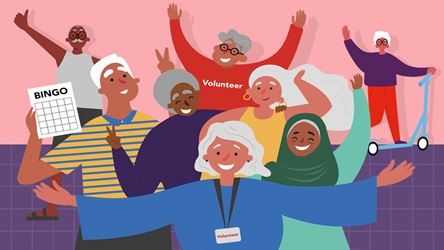Trending February 2018
A Trend To Watch
Real money from fake social media engagement
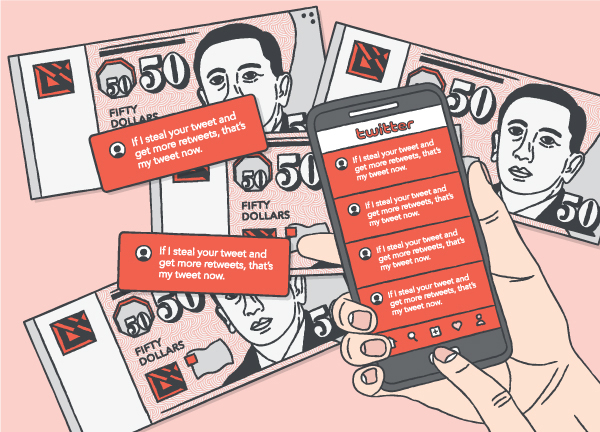
Teens and other savvy beings are making money off social media in novel ways. Ever wonder how certain tweets or posts go viral? Of course, the content must first be witty or relatable. However, the popular tweets come from accounts that exist solely to craft and spread such tweets. BuzzFeed recently reported about tweetdecking, whereby accounts with many followers form secret groups (“decks”) that get paid to retweet content for brands or other users. To boost their follower counts further, some of these accounts also steal and repost tweets. The stolen tweets get more likes than the original because the copycats have larger audiences. Similarly, Instagram pods are groups of users who agree to like and comment on one another’s posts to game the algorithm and get more views. So it seems, while social media likes and follows might be from real people, not bots, true engagement might just be a mirage.
Watch where you post your face
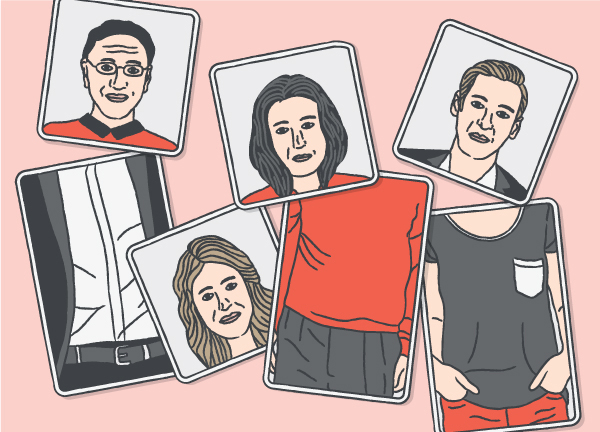
The range of doctored images varies from spooky ghost photos to even more sinister uses: fake nudes. With artificial intelligence (AI), faking photos and videos will become easier. Ever tried doing cute face-swaps on apps like Snapchat? Advanced versions of that algorithm can superimpose a celebrity’s face onto the body of a porn star, not only in still images but in videos too. And there is no need to be an expert – apps make the face-swapping technology accessible to anyone. Faces of politicians have also been swapped onto images of porn stars to discredit them. Combining video AI with audio editing, politicians and other public figures can be falsely accused of racist or polarising speech. Social networking sites like Reddit and Twitter have banned the spreading of these realistic fakes. Left unchecked, a major effect is that AI could make photos and videos inadmissible in court – if fake visuals can be so convincing, what can be counted on to be real? Find out more on the possible consequences of faking photos and videos.
Global Outlook
Tackling false information
How government and individuals are cracking down on untruths.
France

President Emmanuel Macron faced many bids to undermine his presidential campaign, including a major information leak. In early 2018, he announced proposed legislation to fight fake news. For example, websites with sponsored content must make the sponsor’s identity public, and there will be a cap on the amount of sponsored content allowed.
Ukraine
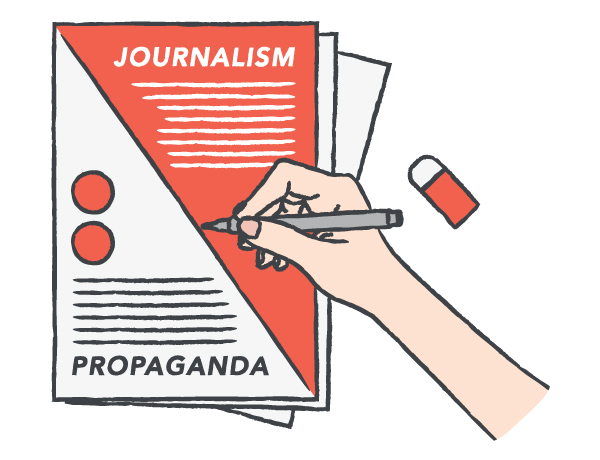
StopFake.org is a volunteer project by an independent group of journalists in Ukraine. Its aim is to verify information, raise media literacy and help people differentiate between journalism and propaganda. Information that they have proven to be fake is broadcast in videos online. The project also collects a central hub of Russian propaganda that can be studied, and is examining how propaganda affects other countries as well.
Germany
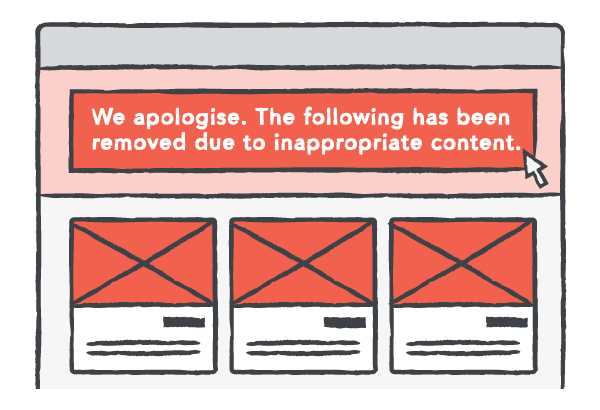
The Enforcement on Social Networks Act came into force in October 2017. The law requires social media companies to remove hate speech, false information and other illegal content within 24 hours – or be fined up to €50 million (S$81 million). However, the law has been criticised for being drafted in a rush, unfairly straining the resources of smaller social networks and possibly being ineffective.
India
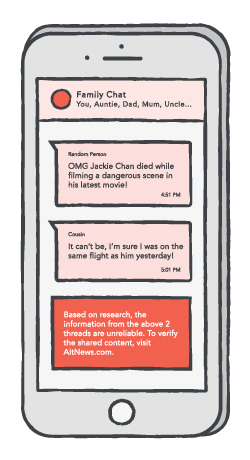
Most of India’s false information is spread via WhatsApp and text messages. To counter this, several individuals have set up sites to verify the content in viral messages and videos. These include AltNews and SM Hoax Slayer. A major challenge: WhatsApp’s end-to-end encryption makes messages more difficult to track down to their original source. People are also more likely to believe rumours and hoaxes received directly from their family members and friends.
Singapore

The Ministry of Communication and Information (MCI) is developing a bot for Workplace by Facebook to crowdsource the flagging of fake news from public officers. Currently, public officers can report misinformation via a Workplace group, and a dedicated team then notifies the affected agency. Besides sending automated alerts about falsehoods to MCI, the bot will collate statistics to detect trends. MCI is also looking to use the bot to push out surveys and quizzes to build greater awareness of misinformation among public officers. If you have more suggestions for this bot, send your ideas to MCI’s Fake News Team.
The many unusual uses of AI
Picking voices out from a crowd
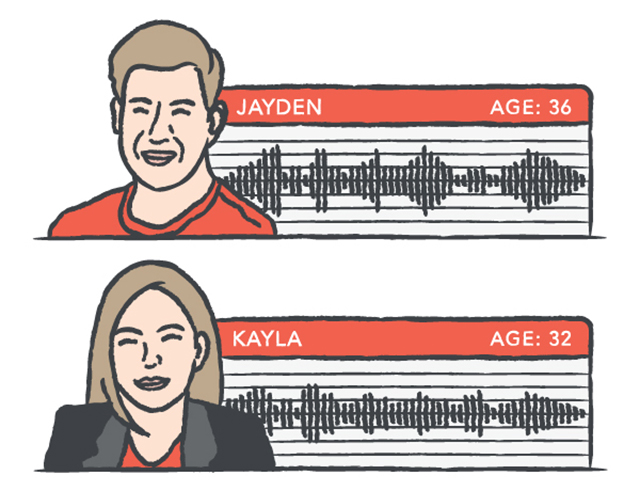
What good is a fancy voice assistant if it can’t pinpoint your voice in a group conversation or loud party? Fortunately, researchers at the Mitsubishi Electric Research Laboratory in Cambridge, Massachusetts, have developed a technology that can identify your voice’s unique features, and detect your “voiceprint” from multiple voices. This could help voice-activated devices and cars to work better, and improve automatic audio transcription.
Detecting tiny earthquakes

Scientists from Harvard University and Massachusetts Institute of Technology are using AI to boost the sensitivity of earthquake detectors. The researchers applied a neural network to detectors, feeding the AI with data from places that have little to no seismic activity. With this input, the AI can recognise what regular background noise sounds like, and remove it from the overall data to detect when smaller earthquakes do occur.
Fighting fake porn
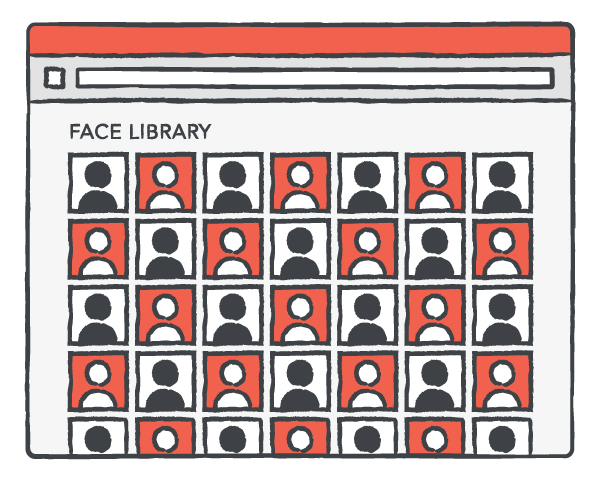
While other platforms ban pornographic photo-manipulations, GIF image-hosting company Gfycat is going a step further. It has two AI programs that can detect whether an image combines a different face to a body, as long as both the face and the body are available as images or video clips online. The technology builds on existing AI that helps Gfycat categorise their library of GIFs.
Learning local slang
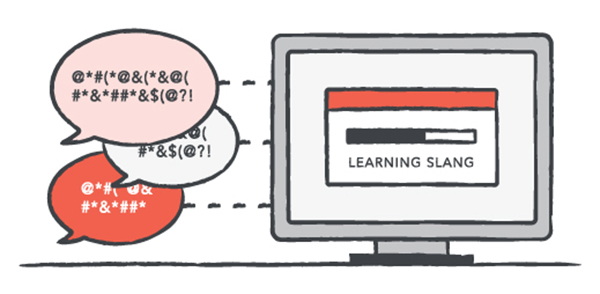
IBM Watson is teaming up with Suncorp Australia, an insurance and financial services group, to teach supercomputer Watson to recognise Australian slang. Suncorp’s online insurance claims system processes up to 500,000 motor claims a year. The claims often have written descriptions that include colloquialisms. Watson can already determine liability in these claims and speed up processes for simpler claims. Soon it might just be able to greet users with “G’day, mate!”
Making divorce easier?

In the US, about 95% of divorces are uncontested, according to the Wall Street Journal. But many divorcing couples pay huge sums of money for lawyers to prepare paperwork, a process that could be done automatically. Chatbot developer Joshua Browder adapted his program – it automates appeals against parking tickets – to help people file for divorce without a lawyer. The chatbot uses language-processing technology from IBM’s Watson.
Explainer
Oil vs data
You might have heard that “data is the new oil”, comparing data as a resource in a digital economy to oil in an industrial economy. While both oil and data must be processed to create value, there are several significant differences.
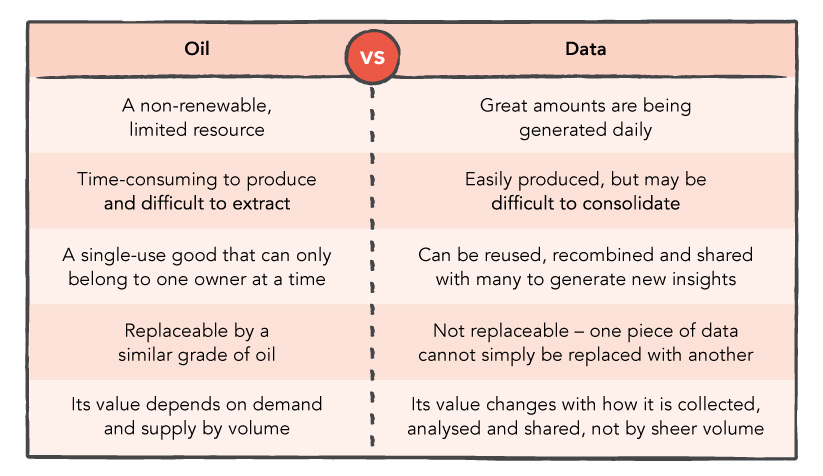
These differences are important for policymakers when considering the storage and sharing of data. Read on to learn more about the differences between oil and data.
Green Paper vs White Paper
Singapore takes after the British system in naming government papers.
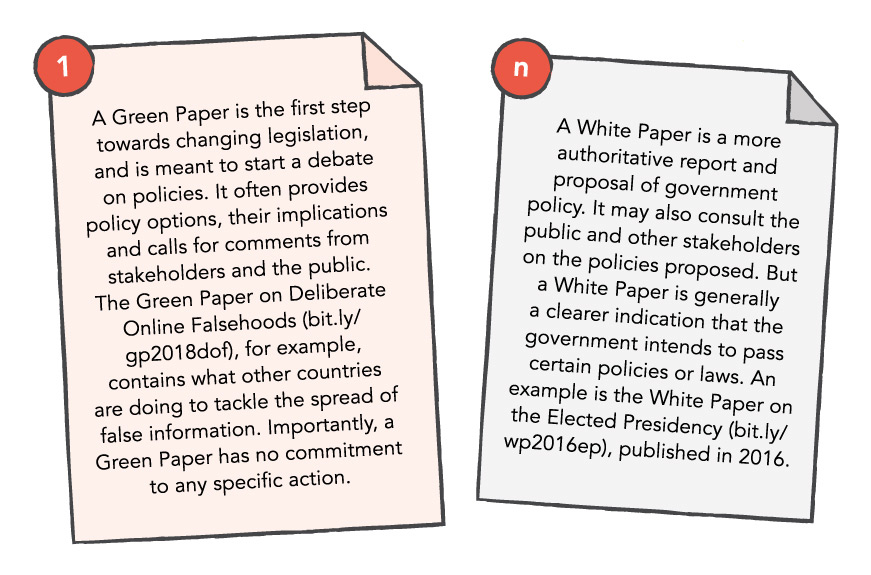
For more terms, visit the Parliament of Singapore's glossary.
Learn The Lingo

Anecdata: A mash-up of “anecdote” (a single story) and “data”. This word is used to acknowledge that personal experiences or singular events cannot be viewed the same way as data collected and analysed systematically over time.
Nomophobia: The fear of being without your smartphone, or being unable to use it because you have no signal, no data connection or no battery power left.
Vapourware: A product that has been announced but does not exist. E.g., when Australia announced a national space agency, the lack of an official name and other details created the effect of vapourware. Cheeky folks filled in the vacuum with a parody, the “Australian Research & Space Exploration” (ARSE) agency website, which even has merchandise for sale. Read on to find out more about the effect of vapourware.
Vapourwave: Not to be confused with vapourware. Vapourwave is a genre of electronic music with its own “anti-design” visual aesthetic: pastel and neon colours, mash-ups of repeating text and graphic design from the ’80s and ’90s to evoke nostalgia. Read more about the vapourwave aesthetics and how vapourwave came about.
- POSTED ON
Mar 15, 2018
- TEXT BY
Challenge
- ILLUSTRATION BY
Brenda Lim




